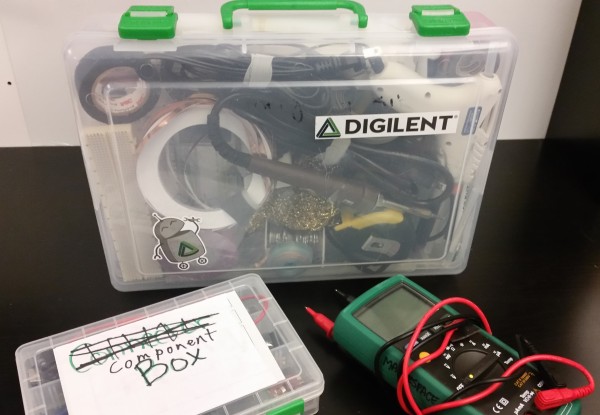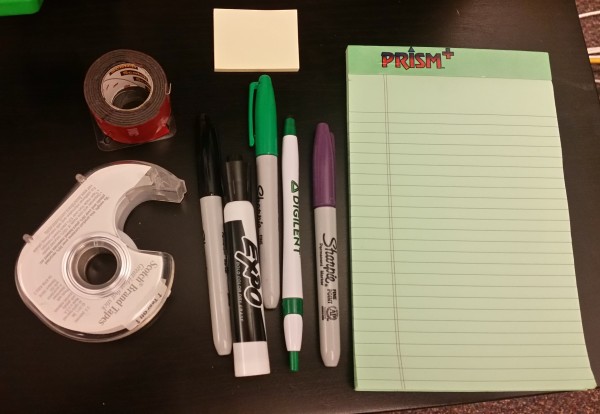One of the super fun things I get to do as an intern is go to trade-shows and conferences, showing off our various projects and products. My main job, or at least when I usually end up doing a lot of, is to get the demos up and running and make sure they work the entire time.
In my time as demo doctor I’ve seen things happen to demos that I wouldn’t have believed had I not been there; it seems as if the laws of physics change because we are at a booth. Having been working at Digilent for two trade-show seasons, and having gone to seven shows, I’ve fixed a wide range of demos and an even wider range of demo failures. Because of this, I’ve compiled a quite extensive demo fix-it kit. It goes to every event with me and I’m quite protective that it’s materials get put back inside. This is a kit that not only can fix a wide range of demos, but contains everything that I can thing of that you might need to fix or work on a project.
Since I can’t imagine I’m the only one who has experienced, or will experience, catastrophic demo failure, I figured I’d document the contents of my kit.
The first category of items which at first may not seem important are office supply type items:
Office supplies; often times I’ve wanted to take note of how a demo failed, label something, or make a list of supplies I need to fix it. Pens, pencils, markers, sticky notes, tape, mounting tape, oh my!
The next category is sticky type items:
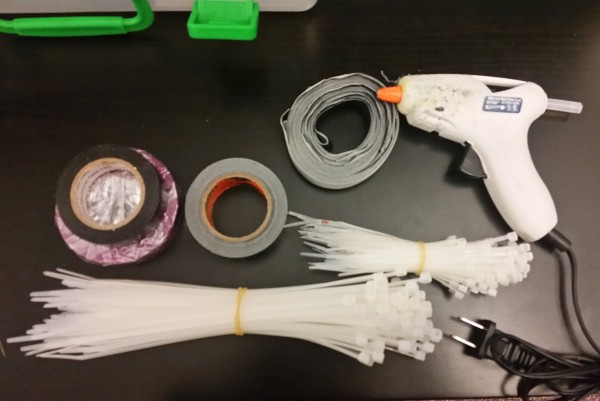
For example, while we were before ECEDHA, I had to get a new camera for the Zybot. Unfortunately, that camera was oriented differently than the old camera, so I had no mechanical solution. Lucky for me, I had a lot of zipties. A LOT of zipties.
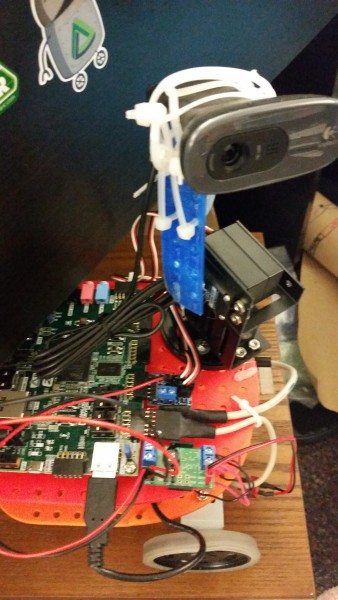
The next category is electronic debugging and prototyping items:
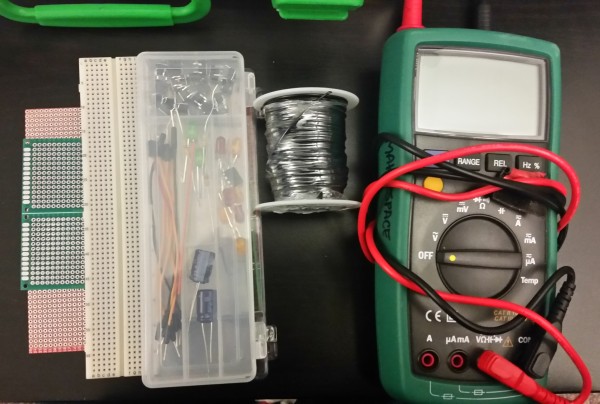
If we have a demo showing off the Oscilloscope and the waveform generator from the Analog Discovery 2, we usually have some sort of analog circuit, like the Soda Can Theramin. Sometimes, something will go wrong and we need to alter or redo that circuit.
The next category is tools:
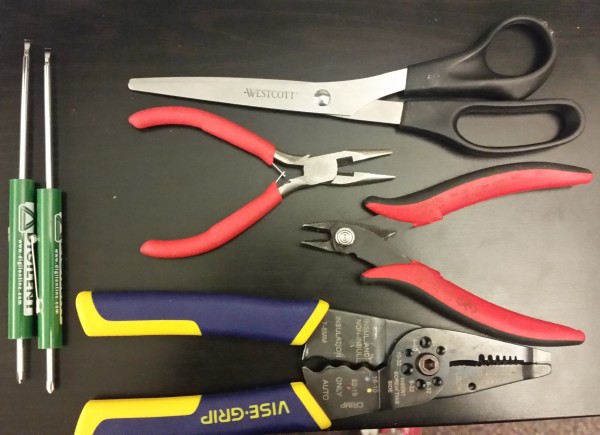
The next group of things is soldering materials:
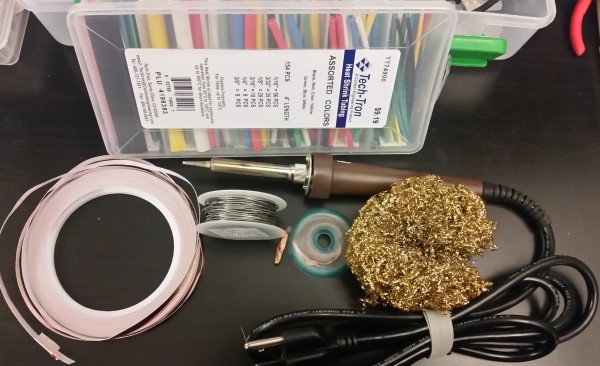
Some times, a solder connection will fail or a component will break and will need to be replaced. The LED board has been around so long that occasionally I have to resolder the LED strips to the power rails.
And last but very important, items that have yet to be categorized:
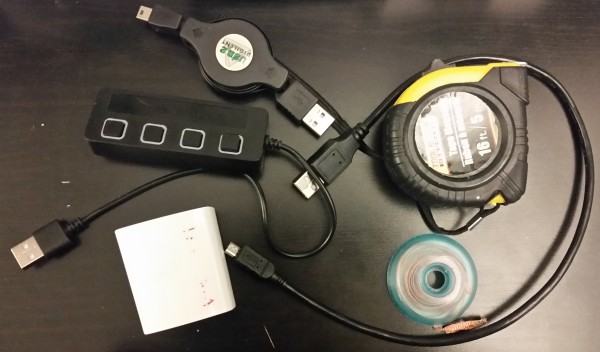
This is the connector box. The thing that happens quite often is wires break, power supplies fail, or batteries die. So you need to be able to adapt to whatever connector that situation offers.
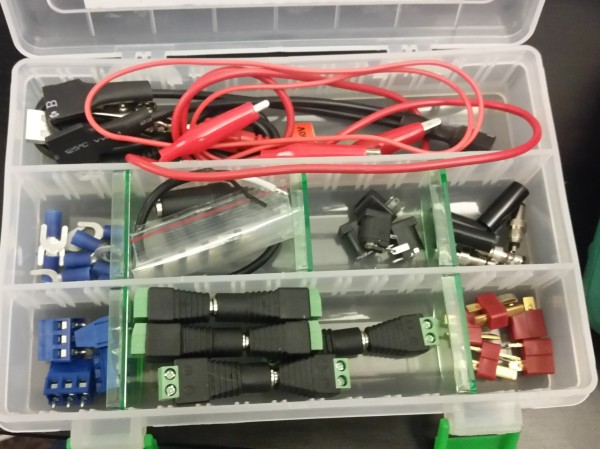
Stay tuned to twitter, instagram and facebook to check out our progress on demos as we prepare for ASEE in June.
Here is a throwback to ASEE last year.
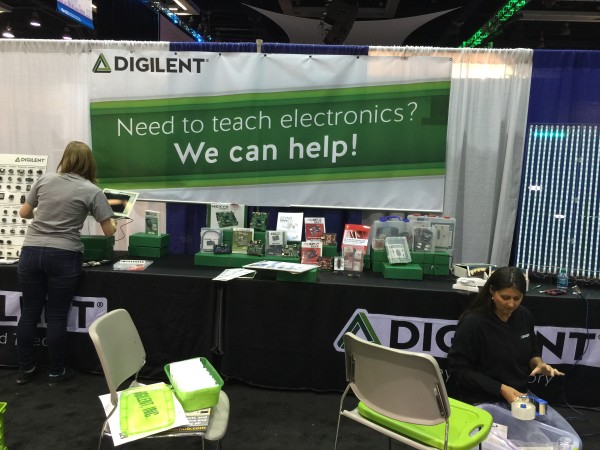
Do you have any must have tools or materials for fixing projects? Comment below and let us know!


